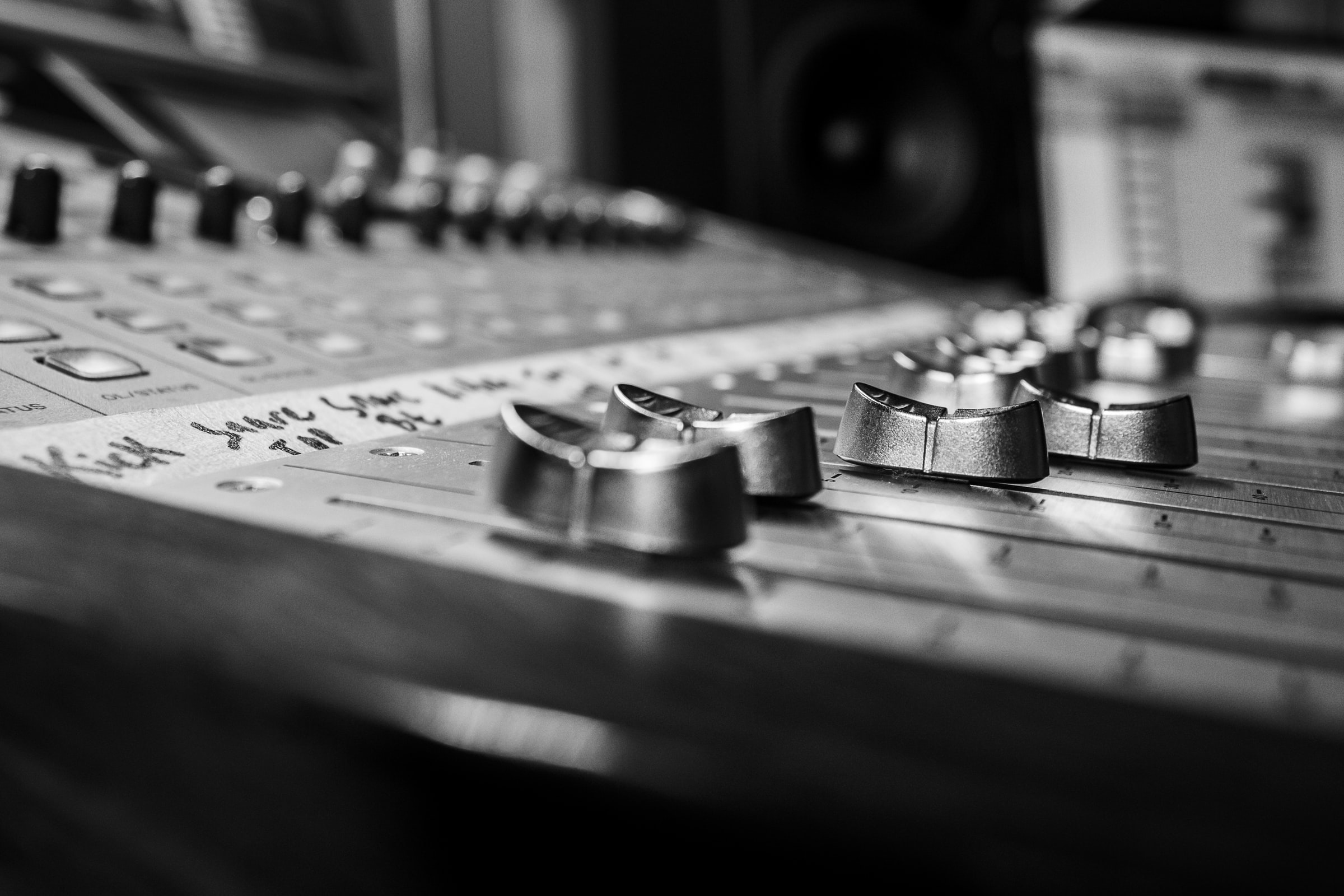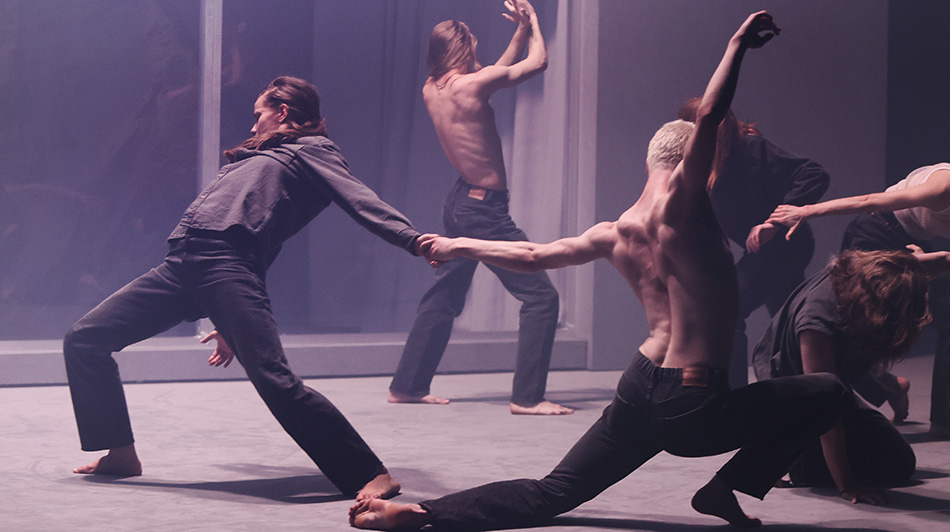When cultivating retail spaces, it’s smart to review the academic research about music’s effects in those environments.
Luckily, we have it right here – in an condensed guest perspective by marketing professor, Mickey Brazeal, published in “Audio Branding: Using Sound to Build Your Brand” by Laurence Minsky and Colleen Fahey.
Brazeal examines several decades of research to draw conclusions about the effects of music on the shopper experience. He touches on findings about in-store purchase decisions, pre-attentive processing, impulse buying, the effects of brand fit and the results of introducing an audio brand into the music playing in a supermarket.
Retailers and people who study retailers have experimented and tested alternative forms of musical persuasion for years. Their experiences and findings close off some pathways and open lots of others.
Dr. Philip Kotler (Kotler, 1974) of Northwestern did early work on what he called “atmospherics.” (1) His conclusions help to frame a lot of the work that came later. Kotler said people respond to the whole experience of buying and consuming a product, including “atmospherics”, and that in making choices, atmospherics can be more powerful than the characteristics of the product itself. He found atmospherics to be most powerful at the place where the product is purchased or consumed, and more important in decision-making where product or price differences are small.
Kotler found that atmospherics modify both the information the consumer collects and the consumer’s affective state. He traced effects in attracting attention, in message creation and in emotional response creation. Han, Back and Barrett found 60 different academic studies in which changes in atmospherics changed consumer behavior.
Mehrabian and Russell (3) proposed a structure for measuring the effects of atmospherics, a structure which many others have adopted, called PAD. It proposes three responses to atmospherics:
- Pleasure/Displeasure
- Arousal/Non-Arousal, and
- Dominance/Submission, by which they mean a perception by the shopper thathe/she is or is not in control of the experience.
The P dimension is associated with time spent. A higher P score means more time spent in the store. The A dimension is associated with interest in, or focus on the product, and willingness to explore. D dimension seems to control satisfaction with the experience of a retail store visit. The idea is that the marketer should be able to measure the effectiveness of his in-store atmospherics, and modify them to produce desired changes.
Donovan, Rossiter, Marcoolyn, et al. (4 ) used the PAD instrument to get shoppers’ perceptions of a store’s retail experience after five minutes in the store. The scores significantly predicted liking, enjoyment, friendliness, willingness to return and expectation to spend more than expected. Pleasure/Displeasure part alone predicted most. The Dominance factor was not predictive. The scores were shown statistically to be “additional” to cognitive factors like price, quality and perception of value. Changes in store liking (50%) were greater than extra spending (12%), but both were clearly connected to the PAD score. The same study, (along with several others) associated a positive musical experience with spending more time in store. In some retail categories, more time spent predicts more purchases.
The psychologist Janishevsky (2) studied low-involvement decision making in buying and consuming products. Janishevsky asserts that attitudes can be formed about a product without conscious thought. He describes a phenomenon called pre-attentive processing, in which people monitor sensory inputs to detect where they should shift their attention – without being consciously aware of doing so.
His researches found support for the idea that preferences for one brand or perhaps one retailer over another can be generated independent of conscious thought. If this is true, music could presumably be a powerful way to form pre-conscious emotional ideas of a brand. Numerous other studies have replicated the effect of strong musical influence on purchase behavior in low-involvement situations.
Several studies (NORTH et al., MCINNIS and PARK, DUBE and MORIN) (5, 6, 7) have demonstrated that music is a statistically significant factor in impulse buying and that changes in music will change impulse buying behavior.
Two studies (BEVERLAND et al., MATTILA and WIRTZ) (8,9) suggest that mistakes in choosing atmospherics can produce negative changes in behavior. What appears to be most important is “fit” with expectations, brand perceptions and the other atmospherics.
Two studies (ARENI and KIM, DUBE and MORIN) (10,11) have suggested that music will usually be the primary influence among the atmospherics. Factors within music were genre, style, voice, tempo and lyrics.
Building on these studies, Ballouli and Bennet (12) found several consistent effects on consumers from music experienced at retail.
1. Shoppers who hear brand-specific music will perceive a higher degree of “fit” than shoppers who hear generic music.
2. Different shoppers have measurably different levels of responsiveness to music in the retail experience.
3. Shoppers who perceive a “fit” between the music and the brand/store had a more positive evaluation of the environment, and therefore of the shopping experience.
4. Perception of “fit” increased satisfaction with the experience, which produced an increase of positive attitudes toward the brand.
The Areni and Kim study (13) referenced above, describes a specific experiment in which a wine shop played on alternate occasions classical music and music described as “top 40”. At a statistically significant level, they found that the classical music occasions were associated with larger purchases – not more bottles, but more expensive wines. A similar wine shop experiment associates a shift from French music to German music with a shift in purchasing toward more German and fewer French wine purchases. (BALLOULI AND BENNET) (14)
Finally, a controlled experiment (15) exposed visitors to a supermarket chain to in-store music which included a well-established and well-known audio brand for a particular wine. During the period of the experiment, sales of the sparkling wine category grew (as year-end holidays approached) by about 18%. But sales of the brand whose brand-melody was included in the music increased by 48%, more than twice as much.
In summary, a large cohort of peer-reviewed and published academic and business studies demonstrates and quantifies the power of persuasion via music. It includes such effects as creating, clarifying and intensifying emotional responses to products, creating pre-conscious attitudes toward low-involvement products, increasing impulse buying, intention to return to the store, and others. Several elaborately controlled experiments show quantifiable sales changes produced by changes in the musical environment at retail. Results are replicated over and over again by many different researchers.
Written by Colleen Fahey, US Managing Director and Mickey Brazeal, Marketing Professor
FOOTNOTES: AUDIO BRANDING IN THE RETAIL SPACE
1. Kotler, Philip, “Atmospherics as a Marketing Tool”, Journal of Retailing V. 49 (4), 1973-1974. Pp. 48-64.
2. Janishevsky, Chris, “Preconscious Processing Effects: The Independence of Attitude Formation and Conscious Thought”, Journal of Consumer Research, V. 15, September 1988. Pp. 199 – 209.
3. Mehrabian, Albert and James A. Russell (1974). An Approach to Environmental Psychology. Cambridge, MA: MIT Press.
4. Donovan, Robert J. and John R. Rossiter, Gilian Marcoolin, Andrew Nesdale, “Store Atmosphere and Purchasing Behavior”, Journal of Retailing, V. 70 (3) pp. 283-294.
5. North, A.C., and D.J. Hargreaves, L.C. MacKenzie and R.M. Law, (2004) “The effects of musical and voice “fit” on Responses to advertisements”, Journal of Applied Social Psychology, V. 34 (8) pp. 1675-1708
6. MacInnis, D.J., and C.Whan Park, “The differential role of characteristics of music on high- and low-involvement consumers’ processing of ads”, Journal of Consumer Research V. 18 (2) 1991 pp. 161-173.
7. Dubé, L. and Morin, S. (2001), “Background music pleasure and store evaluation: Intensity effects and psychological mechanisms,” Journal of Business Research, V. 54 (2), pp. 107-113.
8. Beverland, M., Lim, E.A.C., Morrison, M. and Terziovski, M. (2006) “In-store music and consumer-brand relationships: Relational transformation following experiences of (mis) fit,”. Journal of Business Research, V. 59 (9), pp. 982-989.
9. Mattila, A.S., & Wirtz, J. (2001). “Congruency of scent and music as a driver of in-store evaluations and behavior. Journal of Retailing, V. 77, pp. 273-289.
10. Areni, Charles S. and David Kim. “The influence of background music on shopping behavior: classical versus top-forty music in a wine store”, Advances in Consumer Research, 1993, V. 20, pp. 336-340.
11. Dube´and Morin, op. cit.
12. Ballouli, Khalid, and G. Bennett, “New (sound) waves in sport marketing: do semantic differences in analogous music impact shopping behaviors of sport consumers?”, Sport Marketing Quarterly V. 23 (2). pp 59-72.
13. Areni and Kim, op. cit.
14. Ballouli and Bennett, op.cit.
15. Langeslag, Patrick, and Roberto Santos and Julia Schweiger, “The effect of branded acoustic stimuli on purchase behavior”, Audio Branding Academy Yearbook 2011/2012. Pp.151-161.









